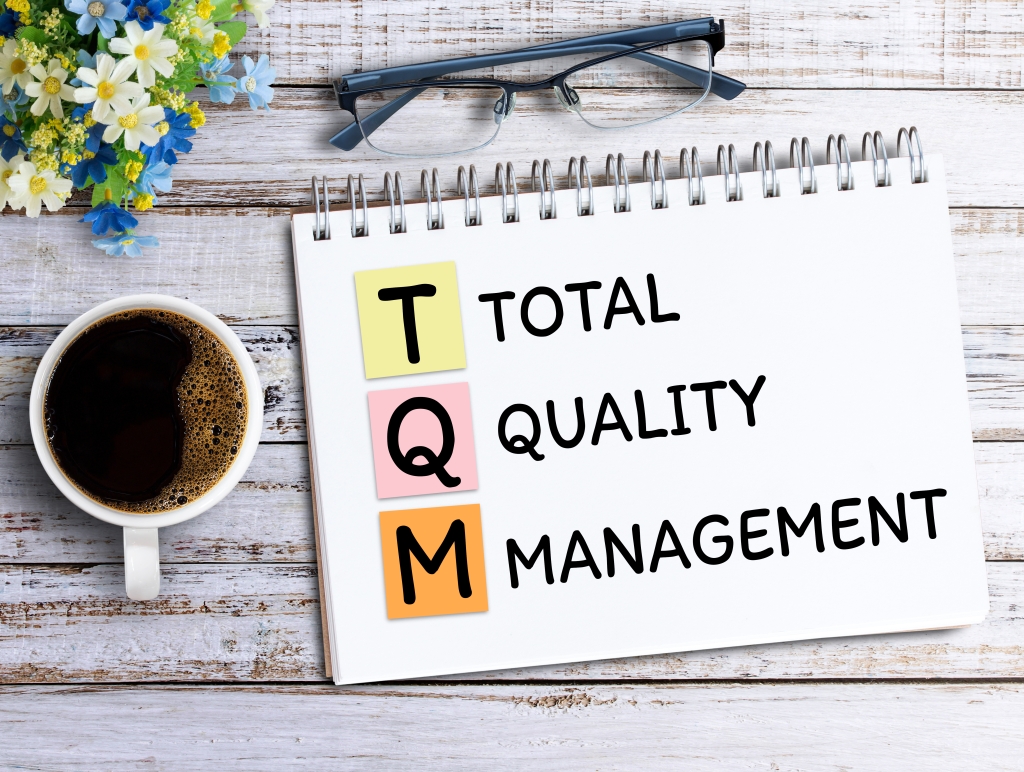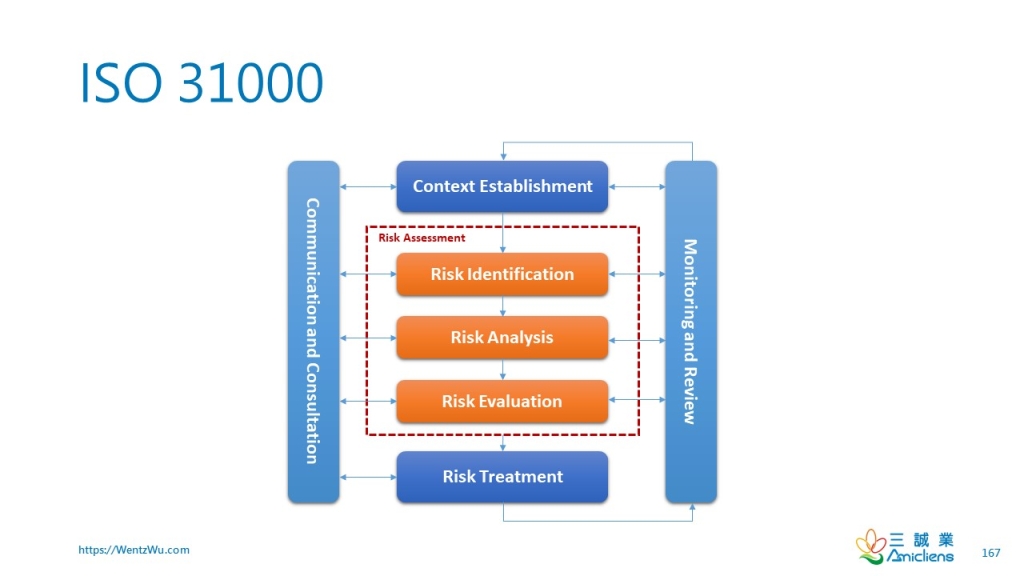- 833-952-4370
- [email protected]
- Huntington Beach, California
What is BAU? Often whispered in boardrooms and managerial discussions, Business as Usual (BAU) encapsulates the essence of an organization’s day-to-day functioning.

What is BAU? Often whispered in boardrooms and managerial discussions, Business as Usual (BAU) encapsulates the essence of an organization’s day-to-day functioning. It represents the rhythmic heartbeat of routine operations that ensure products are delivered, services are rendered, and customers are satisfied.
In this blog, we embark on a journey to demystify the concept of BAU, delve into its pivotal role in various industries, and unravel the strategies that drive its effective management.
To fully explain What is BAU, Business as Usual (BAU) refers to the routine, ongoing, and day-to-day operations that form the backbone of an organization’s activities. It is the steady state of operations that sustains the core functions, processes, and services of a business entity. In the context of business and project management, BAU stands in contrast to project-based initiatives or temporary endeavors aimed at achieving specific goals.

BAU encompasses the regular tasks, processes, and workflows that keep an organization running smoothly, ensuring the consistent delivery of products or services to customers. It involves maintaining the status quo, adhering to established protocols, and upholding the efficiency and reliability of existing operations. While projects may introduce change and innovation, BAU remains focused on stability and continuity.
The role of BAU is vital as it ensures the organization’s sustained functionality and provides a stable foundation upon which projects and innovations can be built. This ongoing operational rhythm covers various departments, from customer support and production to finance and administration. Effective management of BAU ensures that an organization can meet its obligations, fulfill customer demands, and generate revenue consistently.
The differentiation between Business as Usual (BAU) and projects/change initiatives is evident when we consider their inherent characteristics. BAU signifies the ongoing, day-to-day operations that uphold an organization’s core functionalities, ensuring steadfastness and uninterrupted flow. This domain encompasses tasks, processes, and workflows characterized by repetition, constituting the bedrock for the dependable delivery of products or services.
In contrast, projects and change initiatives emerge as transient undertakings with specific intentions. They are structured to usher in metamorphosis, novelty, or enhancements within stipulated timeframes. Projects come with distinctive inception and conclusion points, engaging distinct tasks, resources, and teams. Unlike BAU, they introduce alteration, necessitating comprehensive planning, execution, vigilant monitoring, and eventual closure.

While BAU maintains the status quo, projects challenge it by introducing new processes, technologies, or strategies. Organizations must strike a balance between the two to ensure that day-to-day operations continue smoothly while enabling progress and adaptation through well-executed projects and change initiatives.
One of BAU core principles is stability and continuity. BAU ensures that an organization’s essential functions remain consistent, minimizing disruptions and maintaining a reliable operational environment.
By upholding routine processes and established protocols, BAU mitigates the potential for sudden upheavals that could negatively impact productivity, customer satisfaction, and overall business performance.

Business as Usual (BAU) encapsulates the ongoing functions that uphold an organization. Core to BAU is its principle of predictability, which hinges on the steady and foreseeable character of daily undertakings.
BAU methodologies are meticulously outlined, facilitating a dependable sequence navigated by team members. This foresight eases resource allocation, task fulfillment, and overarching synchronization. The perpetuation of an anticipated operational tempo empowers organizations to refine efficiency and flexibly respond to emergent shifts.
Business as Usual (BAU) signifies the routine operations that keep an organization functional. Efficient resource allocation is a key principle of BAU, involving the strategic distribution of manpower, finances, and materials to support ongoing activities.
By effectively assigning resources to various departments and tasks, BAU ensures that operations are adequately resourced without unnecessary waste. This allocation also contributes to maintaining a consistent level of service quality and productivity.

A pivotal principle that forms the cornerstone of BAU is risk management. This entails the astute recognition and curbing of potential hazards intrinsic to routine undertakings.
While BAU centers on establishing stability, it remains cognizant of the looming risks such as operational hiccups, market fluctuations, or technological glitches. Through proactive identification and the implementation of strategic mitigation measures, organizations can adeptly diminish the repercussions of these risks on their operations. This not only shields the continuity of business operations but also fosters an environment of trust among stakeholders.
Business as Usual (BAU) represents an organization’s ongoing operational activities. Maintaining customer focus is a core principle of BAU, as it involves consistently delivering reliable and high-quality products or services to customers.
By prioritizing customer satisfaction, BAU ensures that clients receive a predictable level of service that meets or exceeds their expectations. This commitment to reliability fosters trust, enhances brand reputation, and contributes to long-term customer loyalty, which is vital for sustained business success.
Business as Usual (BAU) plays a pivotal role in maintaining the operational heartbeat of an organization. It ensures the continuous flow of day-to-day activities that underpin an organization’s functionality. These routine operations encompass everything from customer service to production, allowing the organization to function smoothly without disruptions.
BAU’s importance lies in its ability to provide a reliable foundation, preventing any interruptions that could lead to dissatisfied customers, financial losses, and reputational damage.

BAU maintains daily operations, preventing disruptions and ensuring consistent business functionality.
At the heart of BAU’s significance is its impact on customer loyalty and satisfaction. By consistently delivering products or services according to established standards, BAU instills confidence in customers.
The predictability of BAU operations cultivates trust, as customers come to rely on the organization for reliable outcomes. Satisfied customers are more likely to remain loyal, recommend the organization to others, and contribute to sustained revenue streams.
BAU creates an environment where employees can thrive and excel. With well-defined processes and routines in place, employees can focus on their tasks without unnecessary disruptions. This fosters a sense of stability and enables employees to channel their energy into productive endeavors. The routine nature of BAU also allows for efficient resource allocation and task management, ensuring that employees can perform their roles effectively.

While BAU is about maintaining stability, it also provides a solid foundation for growth and innovation. When the core operations are running smoothly, the organization can allocate resources, time, and effort toward exploring new opportunities and implementing innovative ideas.
BAU’s stability frees up space for experimentation, research, and development without jeopardizing ongoing operations. This balance between BAU and innovation positions the organization for long-term success and adaptability in a dynamic business landscape.
Implementing well-defined processes and procedures is a cornerstone strategy for effective BAU management. Adhering to established guidelines ensures consistency, reduces ambiguity, and helps teams navigate tasks smoothly. Models like Six Sigma and Lean provide frameworks to streamline processes, eliminate waste, and enhance operational efficiency.

Embracing agile adaptation and flexibility is a pivotal strategy for effective BAU management. In an ever-evolving business landscape, the ability to swiftly respond to change is paramount.
By incorporating agile principles, organizations can adjust BAU operations in real-time, accommodating shifting market demands, emerging opportunities, and unexpected challenges. This approach encourages iterative improvements, empowers teams to make informed decisions, and fosters a culture of continuous learning.
Incorporating continuous improvement methodologies, such as Kaizen and Total Quality Management (TQM), ensures that BAU processes are regularly assessed and optimized. This iterative approach seeks small, incremental enhancements, contributing to sustained operational excellence and adaptability.

Open and effective communication among teams is vital for seamless BAU management. Models like the Communication Accommodation Theory emphasize adaptive communication styles to promote understanding. Collaborative tools and practices, like the Agile Manifesto’s emphasis on individuals and interactions, support coordinated efforts and knowledge sharing.
Strategically managing risks in BAU operations is critical. Techniques such as Risk Management Frameworks (ISO 31000) help identify, assess, and mitigate risks. Incorporating contingency plans, like the Plan-Do-Check-Act cycle, ensures preparedness for unexpected disruptions while maintaining BAU continuity.

Effectively managing resources is pivotal for BAU success. The Resource-Based View (RBV) theory underscores aligning resources with strategic objectives. Techniques like Activity-Based Costing (ABC) aid in understanding resource consumption and optimizing allocation for maximum value.
Technology integration and automation stand as key strategies in effective BAU management. By seamlessly integrating technological tools into everyday operations, organizations enhance efficiency and accuracy. Automation streamlines repetitive tasks, reducing manual effort and the risk of errors. This approach liberates human resources for more value-added endeavors, bolstering productivity. Automated processes operate consistently, minimizing variations and ensuring a reliable standard of operation.
Amazon, a global e-commerce giant, exemplifies effective BAU in the digital age. Through sophisticated supply chain management, real-time inventory tracking, and automated order processing, Amazon ensures prompt delivery and customer satisfaction. Their business model involves utilizing predictive analytics to anticipate consumer preferences, optimizing warehouse operations for fast product retrieval, and leveraging customer reviews for continuous improvement.
The Prime subscription service, offering expedited shipping and streaming services, is a testament to their successful BAU approach, enabling them to deliver a seamless customer experience while managing a vast array of products and services.

Toyota, renowned in the automotive industry, showcases effective BAU practices in manufacturing and quality control. By implementing lean principles, Toyota maintains an efficient production line, minimizing waste and maximizing resource utilization. Their Just-In-Time (JIT) inventory system ensures components are delivered precisely when needed, reducing inventory costs.
Toyota’s rigorous Total Quality Management (TQM) procedures emphasize employee involvement, continuous improvement, and problem-solving, leading to high-quality vehicles and customer satisfaction. Through BAU-driven practices like these, Toyota has achieved operational excellence and upheld its reputation for reliability and innovation.

In essence, understanding Business as Usual and its function illuminates its significance as the cornerstone of an organization’s stability and growth. It encompasses the routines that sustain operations, fortifies customer trust, empowers employees, and lays the groundwork for innovation. Embracing strategies like clear processes, adaptive frameworks, and risk management ensures the seamless execution of BAU.
As we’ve explored its multifaceted nature and real-world applications, delving deeper into Barry Bradham’s blog will unveil a wealth of entrepreneurship insights. See more blogs!

A serial entrepreneur, a certificated coach and a dot’com that is eager to share his experience to other business owners.
Barry Bradham Entrepreneur ©️ 2022. All rights reserved.